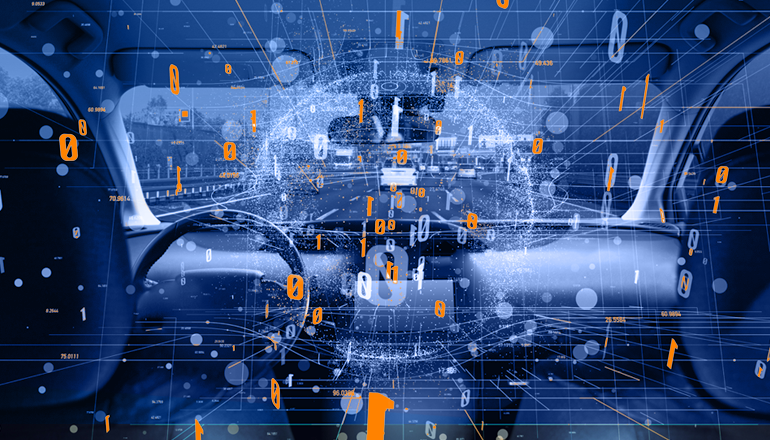Vehicle Sales Are Starting To Rebound
As we all adjust to the “new normal” resulting from the COVID-19 pandemic, many people are reevaluating their approach to mobility. They are opting out of shared rides and public transportation in favor of private vehicles where they can better control the level of hygiene.
The use of private vehicles—whether electrical or using fossil fuels—is taking on renewed importance, and consumers are reappraising the benefits of vehicle ownership. In the USA, 56% of people are planning to limit their use of public transportation. In Italy and Spain, more than 60% feel this way.
A new affinity for private vehicles could be good news for the worldwide car industry, which is expected to sell 13.7 million fewer vehicles less than it did in 2019. Many factories are now working hard to meet pent-up demand, with many nearly back to pre-pandemic production levels, and Honda even canceled its plans for an extended July 4th holiday.
The New Flexible, Digital Car Buying Experience
In recent years, on-demand services for consumer goods have progressed from access to information, to the purchase and delivery of goods, to entertainment, and even to the design of products themselves.
For the most part, the car buying experience has been stuck in the 20th century. Rather than offer an end-to-end or Amazon-style e-commerce experience, most OEMs provided little more than specifications and marketing literature online.
Tesla was a trailblazer in providing a digital car buying experience. In 2018, they sold 78% of their Model 3 vehicles online and 82% of buyers didn’t even take a test drive. The Corvette build-and-price app, the Ferrari 8-step car configurator, and Ford’s Mustang Mach-E ordering system are symbols of the automotive industry’s transformation.
Today nearly all dealers and automakers have followed suit and digitized their offerings, but not just with digital sales tools, but flexible solutions that minimize waiting, enforce social distancing, and offer the convenience of after-hours shopping. Even car delivery now offers the comfort level of Amazon and Box-It with in-store customer pickup, home delivery, and curbside delivery.
IPhonization & The Digital Driving Experience
Since the introduction of the first ECU in 1968, computers have been used to perfect the mechanical performance of vehicles, from fuel injection to steering and handling. With the mechanical aspects of cars reaching relative parity, OEMs have turned their attention to creating software-defined vehicles in which the driving experience is differentiated by infotainment systems and software applications that personalize car features or update functionality.
The launch of app-stores for car functionality heralds the “iphonization” of vehicles. Car dashboards will function like smartphones or smart TVs, letting users download their favorite software apps from OEMs and aftermarket providers to ensure a consistent, seamless experience with access to all of life’s necessities—from email to calendar, to streaming music and more.
The new software-defined car takes personalization beyond the mere esthetics of dashboard “skins” or infotainment. As a smartphone on wheels, it will offer apps that enable the customization of vehicle handling, powertrain performance, self-driving functionality, and more. Purchased vehicle apps will create new sources of income for OEMs and the aftermarket, strengthen customer loyalty, and enable independent brands in media, entertainment, and e-commerce to thrive.
Creating The New E/E Infrastructure
The software-defined vehicle would not be possible without fundamental changes to the vehicle’s electrical and electronics (E/E) architecture and wholly decoupling network functionality from the physical hardware. In this new “Zonal Architecture,” resources are viewed as a pool or cloud that are ready to be distributed and assigned tasks—similar to the functioning of today’s smartphone ecosystems.
GuardKnox is one of the world’s software-defined vehicle pioneers and is poised to revolutionize the automotive supply chain by consolidating components and applications into integrated products that are high-performance, cost-effective, and secure by design. By partnering with GuardKnox, OEMs and Tier 1 vendors can gain access to the latest technologies required for enabling the software-defined vehicle—without the five-year wait typically needed for developing a new architecture platform, with hardware, firmware and software updates required throughout the lifetime of the car.







